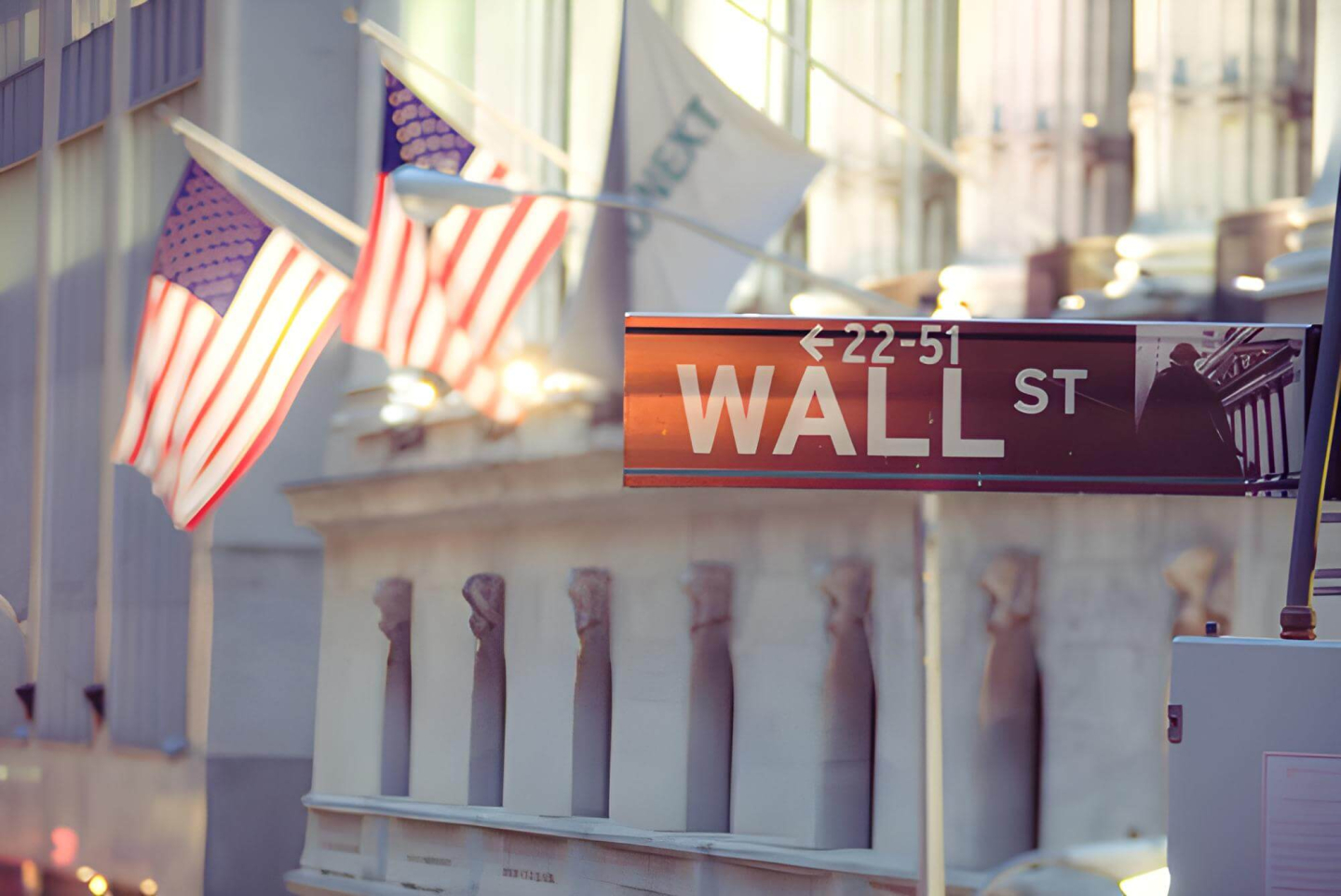John Williams from the Federal Reserve Bank of New York remarks on US economy, inflation and interest rates.
-
Treasury and funding markets have performed very well.
-
The standing repo facility is ready to manage liquidity issues if needed.
-
There is still a very high level of reserves in the financial system.
-
Interest rates will eventually be lower than current levels.
-
No abnormal moves are seen in the bond market.
-
The bond market is currently focused on economic fundamentals.
-
The bond market appears relatively calm.
The Fed must keep the economy on track and allow tariffs to pass through.
-
Tariff impacts are expected to play out into the middle of next year.
-
Base case: tariffs will remain in place, though other scenarios are considered.
-
Tariffs are likely to add 1%–1.5% to inflation this year.
-
So far, tariffs don’t appear to be creating long-term inflation pressures.
-
Clear signs that tariffs are influencing prices and consumer buying patterns.
-
Core goods inflation has shifted higher due to tariffs.
Other indicators show that the services economy is normalizing.
-
The overall trend in services inflation has been favorable.
Concern that the job market could cool more than desirable.
-
Downside risks to employment have clearly increased.
-
Balance has shifted more toward the Fed’s employment mandate.
-
4.2% unemployment rate is relatively low, but risks to the labor market are rising.
-
Job market turnover has cooled significantly.
-
The labor market has been challenged by changes in immigrant labor supply.
-
Labor market is still in a reasonably good place overall.
-
Gradual cooling in the job market is expected.
-
Labor market is moving back toward pre-pandemic trends.
-
Labor market is currently in balance.
Consumers look a little shaky in soft survey data, but hard data does not show major weakness.
-
Technology investment has been very strong.
-
The supply side of the economy is shifting significantly.
Monitoring data closely for possible contraction in banking reserves.
-
Always watching broader data trends, not just individual reports.
Inflation is expected to return to the Fed’s 2% target by 2027.
-
PCE inflation forecast: 3.0%–3.25% for this year, 2.5% in 2026.
-
The unemployment rate is expected to rise to about 4.5% next year.
-
Trade and immigration factors are slowing economic activity.
-
GDP is projected to grow between 1.25%–1.50% this year.
Economic Calendar: a calm start to an interesting week 🔎
BREAKING: German industrial production higher than expected 📌
Morning Wrap (08.12.2025)
Daily Summary: Wall Street ends the week with a calm gain 🗽 Cryptocurrencies slide


